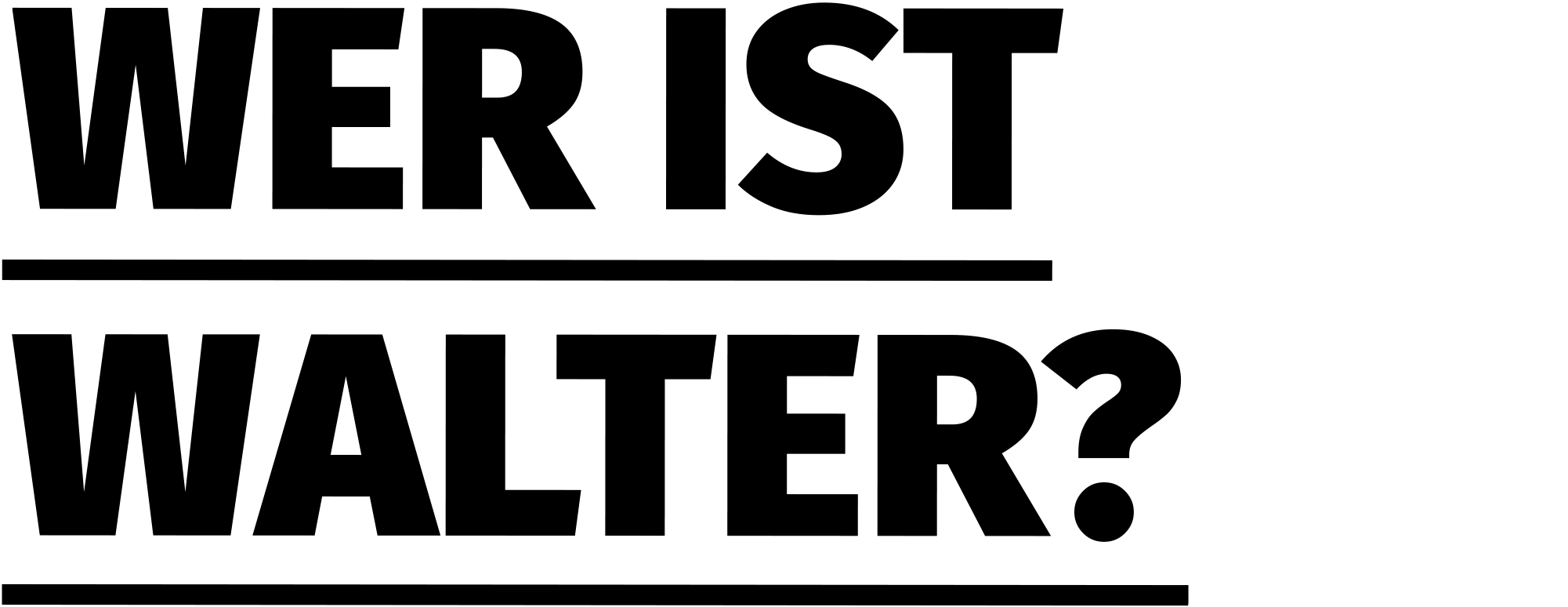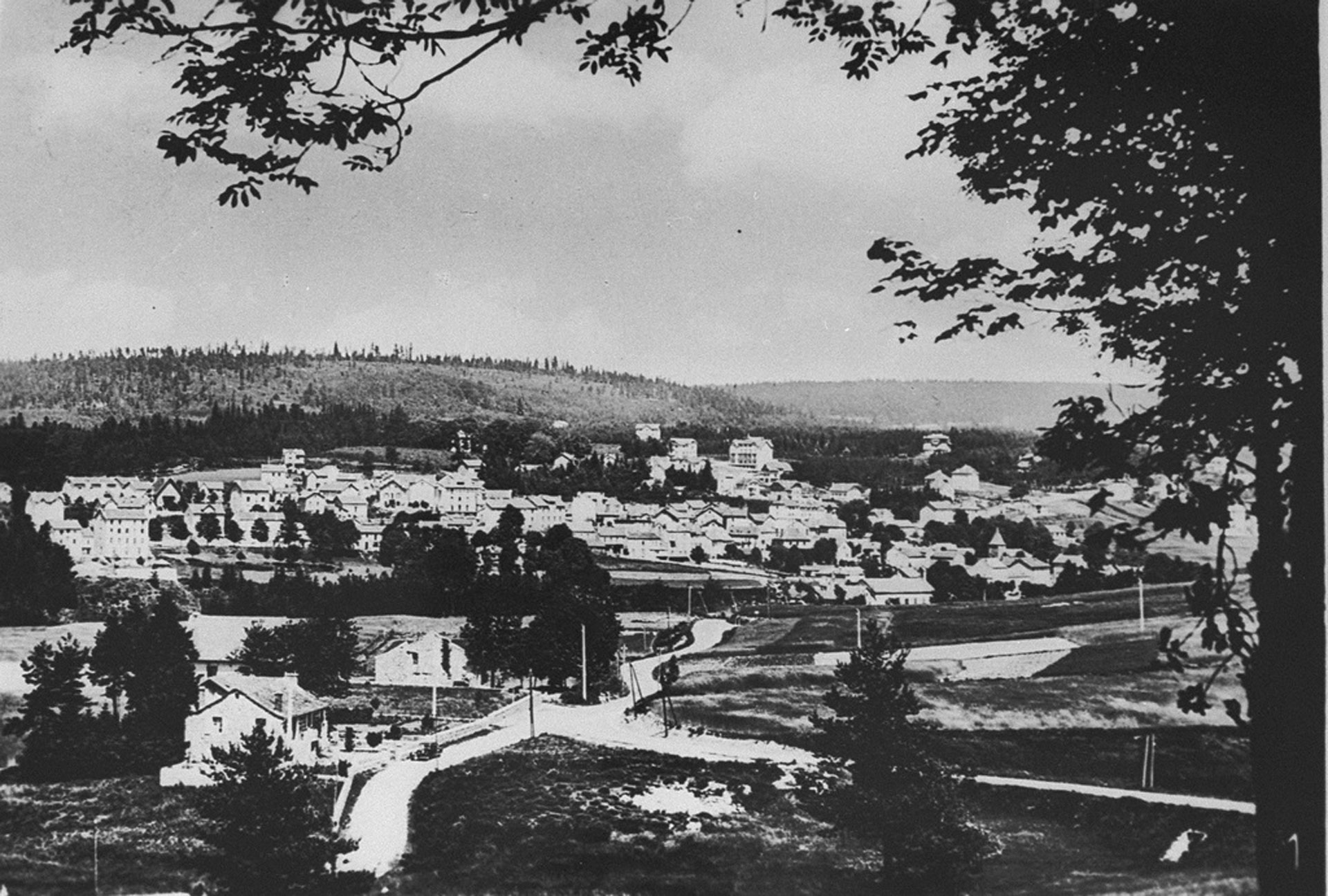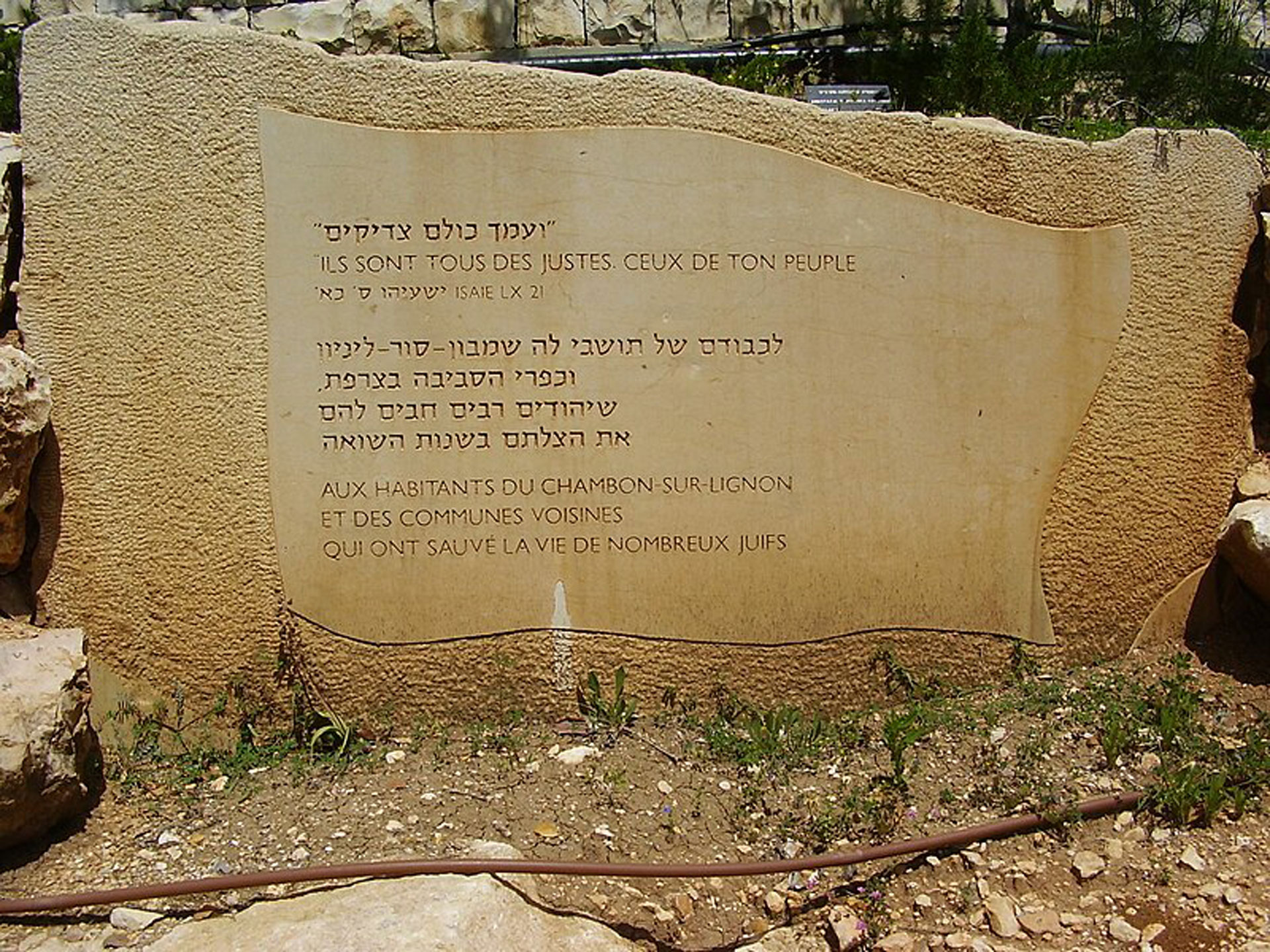Le Chambon-sur-Lignon: the village of the Righteous
In 1990, Israel recognised the inhabitants of Le Chambon-sur-Lignon and the surrounding villages as ‘Righteous Among the Nations’. During the war, these french villages on the Vivarais plateau rescued around 3,500 Jews, at least a third of them children. The inhabitants also took in other refugees. In all, they came to the aid of more than 5,000 people fleeing persecution by the German and French authorities.
A Protestant land, marked by the experience of refuge, the plateau took in refugees even before the outbreak of World War II: first Spanish Republicans and anti-Nazi Germans and Austrians, then Jews from all over the world who had taken refuge in France, and from 1943, young men who refused to be sent to Germany for the Compulsory Work Service (Service du Travail Obligatoire, STO) and some of whom joined the maquis.
There were two distinct phases: the first, from 1940 to the summer of 1942, was that of ‘open’ refuge. As early as 23 June 1940, André Trocmé, the pastor of Le Chambon, forcefully expressed his pacifist convictions: ‘The duty of Christians is to oppose with the weapons of the Spirit the violence inflicted on their conscience’. At the time, the region was in the ‘free’ zone. With the help of various organisations such as the Quaker Mutual Aid Committee, Cimade, Swiss Children’s Aid, Amitié chrétienne and Œuvre de Secours aux Enfants (OSE), refugees were brought to the plateau from internment camps of the southern zone. Many children were taken in by families, hotels and farms. The Vichy authorities were aware of the activities of André Trocmé, his wife Magda and Pastor Theis, and initially tolerated them.
The situation changed in the summer of 1942. Warned of the roundup of Jews on 26 August in the southern zone, the persecuted were evacuated in time. But from then on, refuge became clandestine and, with the occupation of the southern zone by the Germans in November 1942, increasingly risky. The refugees were dispersed among the farmers of the Plateau under false identities. The local people hid them and tried to organise their passage to Switzerland. The refugees were joined by a growing number of maquisards , and the armed struggle was organised on the Plateau. At the same time, repression intensified: the pastors Trocmé and Theis were arrested for a time in February 1943. On 29 June 1943, the German police arrested 18 pupils in a school and five of them, recognised as Jews, were deported to Auschwitz. French people who had helped the refugees were arrested and even executed. The region was only liberated at the beginning of September 1944.
After 1945, the history of Le Chambon remained largely unknown. At the end of the 1970s, former refugees returned to find their ‘saviours’ and put up a commemorative plaque. The memory is now on the move. Following recognition by Yad Vashem in 1990, in 2004 President Chirac paid tribute to the heroism of the village, which was honoured three years later at a ceremony at the Panthéon in Paris. Since 2013, a memorial in Le Chambon-sur-Lignon bears witness to this exceptional civil and collective resistance.
Corine Defrance





